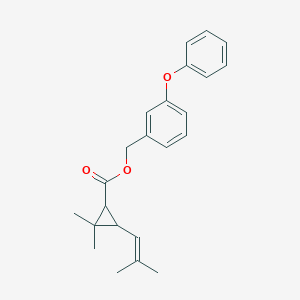
-
苯醚菊酯
- names:
Phenothrin
- CAS号:
26002-80-2
MDL Number: MFCD00078716 - MF(分子式): C23H26O3 MW(分子量): 350.45
- EINECS:247-431-2 Reaxys Number:
- Pubchem ID:4767 Brand:BIOFOUNT
| 货品编码 | 规格 | 纯度 | 价格 (¥) | 现价(¥) | 特价(¥) | 库存描述 | 数量 | 总计 (¥) |
|---|---|---|---|---|---|---|---|---|
| YZM000803-200mg | 200mg | >95% | ¥ 0.00 | ¥ 0.00 | Backorder | ¥ 0.00 | ||
| YZM000803-100mg | 100mg | >95% | ¥ 488.00 | ¥ 488.00 | Backorder | ¥ 0.00 |
| 中文别名 | 苯醚菊酯(26002-80-2,Phenothrin);苯氧司林;苯诺茨林;酚丁灭虱;聚醚菊酯 |
| 英文别名 | Phenothrin(26002-80-2);Sumithrin;Phenoxythrin;Pibutin |
| CAS号 | 26002-80-2 |
| Inchi | InChI=1S/C23H26O3/c1-16(2)13-20-21(23(20,3)4)22(24)25-15-17-9-8-12-19(14-17)26-18-10-6-5-7-11-18/h5-14,20-21H,15H2,1-4H3 |
| InchiKey | SBNFWQZLDJGRLK-UHFFFAOYSA-N |
| 分子式 Formula | C23H26O3 |
| 分子量 Molecular Weight | 350.45 |
| 溶解度Solubility | |
| 性状 | 浅黄色至黄棕色液体 |
| 储藏条件 Storage conditions | 存放在阴凉干燥处,短期(数天至数周)在0-4℃,长期(数月至数年)在-20℃。 |
苯醚菊酯(26002-80-2,Phenothrin)毒性测试:
| 生物 | 测试类型 | 路线 | 报告剂量(标准化剂量) | 影响 | 参考 |
|---|---|---|---|---|---|
| mouse | LD50 | intraperitoneal | > 5gm/kg (5000mg/kg) | Japan Pesticide Information. Vol. (37), Pg. 30, 1980. | |
| mouse | LD50 | intravenous | 354mg/kg (354mg/kg) | Japan Pesticide Information. Vol. (37), Pg. 30, 1980. | |
| mouse | LD50 | oral | 10gm/kg (10000mg/kg) | Yakkyoku. Pharmacy. Vol. 32, Pg. 47, 1981. | |
| mouse | LD50 | skin | > 5gm/kg (5000mg/kg) | Japan Pesticide Information. Vol. (37), Pg. 30, 1980. | |
| mouse | LD50 | subcutaneous | > 5gm/kg (5000mg/kg) | Japan Pesticide Information. Vol. (37), Pg. 30, 1980. | |
| quail | LD50 | oral | > 2150mg/kg (2150mg/kg) | Pesticide Manual. Vol. 9, Pg. 667, 1991. | |
| rat | LD50 | intraperitoneal | > 5gm/kg (5000mg/kg) | Japan Pesticide Information. Vol. (37), Pg. 30, 1980. | |
| rat | LD50 | intravenous | 354mg/kg (354mg/kg) | Japan Pesticide Information. Vol. (37), Pg. 30, 1980. | |
| rat | LD50 | oral | > 10gm/kg (10000mg/kg) | Yakkyoku. Pharmacy. Vol. 37, Pg. 1481, 1986. | |
| rat | LD50 | skin | > 5gm/kg (5000mg/kg) | Japan Pesticide Information. Vol. (37), Pg. 30, 1980. | |
| rat | LD50 | subcutaneous | > 5gm/kg (5000mg/kg) | Japan Pesticide Information. Vol. (37), Pg. 30, 1980. |
苯醚菊酯(26002-80-2,Phenothrin)实验注意事项:
1.实验前需戴好防护眼镜,穿戴防护服和口罩,佩戴手套,避免与皮肤接触。
2.实验过程中如遇到有毒或者刺激性物质及有害物质产生,必要时实验操作需要手套箱内完成以免对实验人员造成伤害
3.实验后产生的废弃物需分类存储,并交于专业生物废气物处理公司处理,以免造成环境污染
Phenothrin(26002-80-2) Experimental considerations:
1. Wear protective glasses, protective clothing and masks, gloves, and avoid contact with the skin during the experiment.
2. The waste generated after the experiment needs to be stored separately, and handed over to a professional biological waste gas treatment company to avoid environmental pollution.
Tag:苯醚菊酯(26002-80-2,Phenothrin),苯醚菊酯试剂,苯醚菊酯杀虫剂,苯醚菊酯的纯度,苯醚菊酯的作用,苯醚菊酯的生产,苯醚菊酯的价格,苯醚菊酯的厂家,苯醚菊酯的外观,苯醚菊酯的MSDS,苯醚菊酯的溶解度,苯醚菊酯的储存条件
| 产品说明 | 苯醚菊酯(26002-80-2,Phenothrin)是环丙烷羧酸酯。苯醚菊酯具有拟除虫菊酯杀虫剂的作用。 |
| Introduction | Phenothrin (26002-80-2, 苯醚菊酯) is a cyclopropane carboxylate. Phenothrin has the effect of pyrethroid insecticides. |
| Application1 | |
| Application2 | |
| Application3 |
| 警示图 | |
| 危险性 | warning |
| 危险性警示 | Not available |
| 安全声明 | H303吞入可能有害+H313皮肤接触可能有害+H2413吸入可能对身体有害 |
| 安全防护 | P264处理后彻底清洗+P280戴防护手套/穿防护服/戴防护眼罩/戴防护面具+P305如果进入眼睛+P351用水小心冲洗几分钟+P338取出隐形眼镜(如果有)并且易于操作,继续冲洗+P337如果眼睛刺激持续+P2393获得医疗建议/护理 |
| 备注 | 实验过程中防止吸入、食入,做好安全防护 |
| 象形图 |   |
|---|---|
| 信号警告 | Warning |
| GHS危险说明 |
Aggregated GHS information provided by 186 companies from 8 notifications to the ECHA C&L Inventory. Each notification may be associated with multiple companies. Reported as not meeting GHS hazard criteria by 8 of 186 companies. For more detailed information, please visit ECHA C&L website Of the 7 notification(s) provided by 178 of 186 companies with hazard statement code(s): H302 (96.63%): Harmful if swallowed [Warning Acute toxicity, oral] H312 (96.63%): Harmful in contact with skin [Warning Acute toxicity, dermal] H332 (96.07%): Harmful if inhaled [Warning Acute toxicity, inhalation] H400 (99.44%): Very toxic to aquatic life [Warning Hazardous to the aquatic environment, acute hazard] H410 (100%): Very toxic to aquatic life with long lasting effects [Warning Hazardous to the aquatic environment, long-term hazard] Information may vary between notifications depending on impurities, additives, and other factors. The percentage value in parenthesis indicates the notified classification ratio from companies that provide hazard codes. Only hazard codes with percentage values above 10% are shown. |
| 防范说明代码 |
P261, P264, P270, P271, P273, P280, P301+P312, P302+P352, P304+P312, P304+P340, P312, P322, P330, P363, P391, and P501 (The corresponding statement to each P-code can be found at the GHS Classification page.) |
| Electrochemical Determination of Phenothrin in Agricultural Formulations, Vegetables, and Storage Bags of Wheat and Rice by Differential Pulse Adsorptive Stripping Voltammetry (DP-AdSV) |
| A Comparison of the Toxicity of Synergized and Technical Formulations of Permethrin, Sumithrin, and Resmethrin to Trout(Archives of Environmental Contamination and Toxicology,2005) |
| Pyrethroid Metabolism: Studies on Cis- and Trans-Phenothrins, and Related Epoxide Intermediates(Toxic Interfaces of Neurones, Smoke and Genes,1986) |
| Kinetics and Photophysical Mechanism of Sunlight Photolysis of Unstable Resmethrin and Phenothrin in Aerosols and Thin Films |
| The photochemical behaviour of five household pyrethroid insecticides and a synergist as studied by photo-solid-phase microextraction |
1.Asymmetric syntheses and bio-evaluation of novel chiral esters derived from substituted tetrafluorobenzyl alcohol.
Xu S1, Li H1, Wang X1, Chen C1, Cao M1, Cao X2. Bioorg Med Chem Lett. 2014 Jun 15;24(12):2734-6. doi: 10.1016/j.bmcl.2014.04.055. Epub 2014 Apr 21.
A series of novel chiral esters derived from tetrafluorobenzyl alcohol were designed and prepared via asymmetric synthesis. The target molecules have been identified on the basis of analytical spectra data. All newly synthesized compounds have been screened their potential insecticidal activity against Plutella xylostella compared with those of fenvalerate and d-trans-phenothrin by standard method, and the respective pairs of enantiomers (3-B1-R/S, 3-C1-R/S, 3-D1-R/S) indicated significantly different activities.
2.Susceptibility of Adult Cat Fleas (Siphonaptera: Pulicidae) to Insecticides and Status of Insecticide Resistance Mutations at the Rdl and Knockdown Resistance Loci.
Rust MK1, Vetter R, Denholm I, Blagburn B, Williamson MS, Kopp S, Coleman G, Hostetler J, Davis W, Mencke N, Rees R, Foit S, Böhm C, Tetzner K. Parasitol Res. 2015 Aug;114 Suppl 1:S7-18. doi: 10.1007/s00436-015-4512-1.
The susceptibility of 12 field-collected isolates and 4 laboratory strains of cat fleas, Ctenocephalides felis was determined by topical application of some of the insecticides used as on-animal therapies to control them. In the tested field-collected flea isolates the LD50 values for fipronil and imidacloprid ranged from 0.09 to 0.35 ng/flea and 0.02 to 0.19 ng/flea, respectively, and were consistent with baseline figures published previously. The extent of variation in response to four pyrethroid insecticides differed between compounds with the LD50 values for deltamethrin ranging from 2.3 to 28.2 ng/flea, etofenprox ranging from 26.7 to 86.7 ng/flea, permethrin ranging from 17.5 to 85.6 ng/flea, and d-phenothrin ranging from 14.5 to 130 ng/flea. A comparison with earlier data for permethrin and deltamethrin implied a level of pyrethroid resistance in all isolates and strains. LD50 values for tetrachlorvinphos ranged from 20.0 to 420.0 ng/flea.
3.Susceptibility of field-collected mosquitoes in central New Jersey to organophosphates and a pyrethroid.
Sun D, Indelicato N, Petersen J, Williges E, Unlu I, Farajollahi A. J Am Mosq Control Assoc. 2014 Jun;30(2):138-42.
Chemical insecticides are the primary means to control mosquitoes, and mosquito control programs must regularly monitor for resistance of mosquito vectors to commonly used insecticides to ensure the efficacy and sustainability of active ingredients. We performed insecticide resistance bioassays to test the susceptibility of field-collected mosquitoes in central New Jersey to 1 larvicide (temephos) and 2 adulticides (malathion and sumithrin). Larval susceptibility of Culex pipiens pipiens to temephos provided median concentration (LC50) and 95% lethal concentration (LC95) values of 1.108 microg/l and 2.02 microg/l, respectively. Bottle bioassays of adult Aedes albopictus showed that 100% mortality was achieved at 35-min exposure to sumithrin and at 40-min to malathion. Baseline values were obtained using both temephos and sumithrin. Our bioassays indicate satisfactory susceptibility to temephos and sumithrin in Ae. albopictus and Cx. p. pipiens field populations in central New Jersey.
4.Comparison of phenothrin mousse, phenothrin lotion, and wet-combing for treatment of head louse infestation in the UK: a pragmatic randomised, controlled, assessor blind trial.
Burgess IF1, Brown CM1, Nair P2. F1000Res. 2014 Jul 10;3:158. doi: 10.12688/f1000research.2026.1. eCollection 2014.
In this investigation of effectiveness of an alternative pediculicide dosage form, we recruited 228 children and 50 adult participants from Bedfordshire, UK, to a randomised, controlled, assessor blind trial comparing two insecticide products with mechanical removal of lice as a control group. Participants using insecticide were treated with either the investigative 0.5% phenothrin mousse, for 30 minutes, or 0.2% phenothrin lotion, for 2 hours as the reference product. Both treatments were applied only once, followed by shampoo washing. Those treated by wet-combing with conditioner were combed 4 times over 12 days. Parents/carers carried out the treatments to mimic normal consumer use. The outcome measure was the absence of lice, 14 days after treatment for the insecticides, and up to 14 days after completion of combing. Intention to treat analysis of the outcomes for 275 participants showed success for phenothrin mousse in 21/105
- 相关产品
-
< >
- 推荐产品
-
< >
- 最新产品
-
< >
新闻
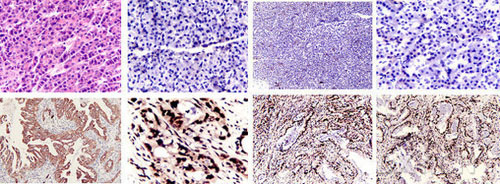
怎么做细胞爬片免疫组化染色实验
细胞爬片免疫组化染色,是通过细胞爬片是让玻片浸在细胞培养基内,细胞在玻片上生长,主要用于组织学,免疫组织化学...
2020/7/20 22:04:33
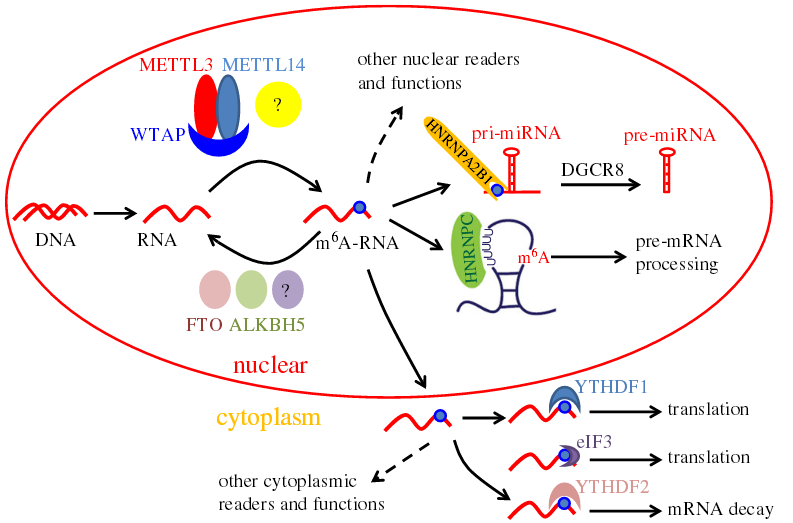
提取病毒RNA的实验方法
提取病毒RNA方法分别有:异硫氰酸胍的提取病毒RNA方法、TRIzol LS提取法、Trizol法提取法等等...
2020/7/22 20:29:26

9月开学季——助研新学期 范德送好礼
2025/8/28 15:30:55
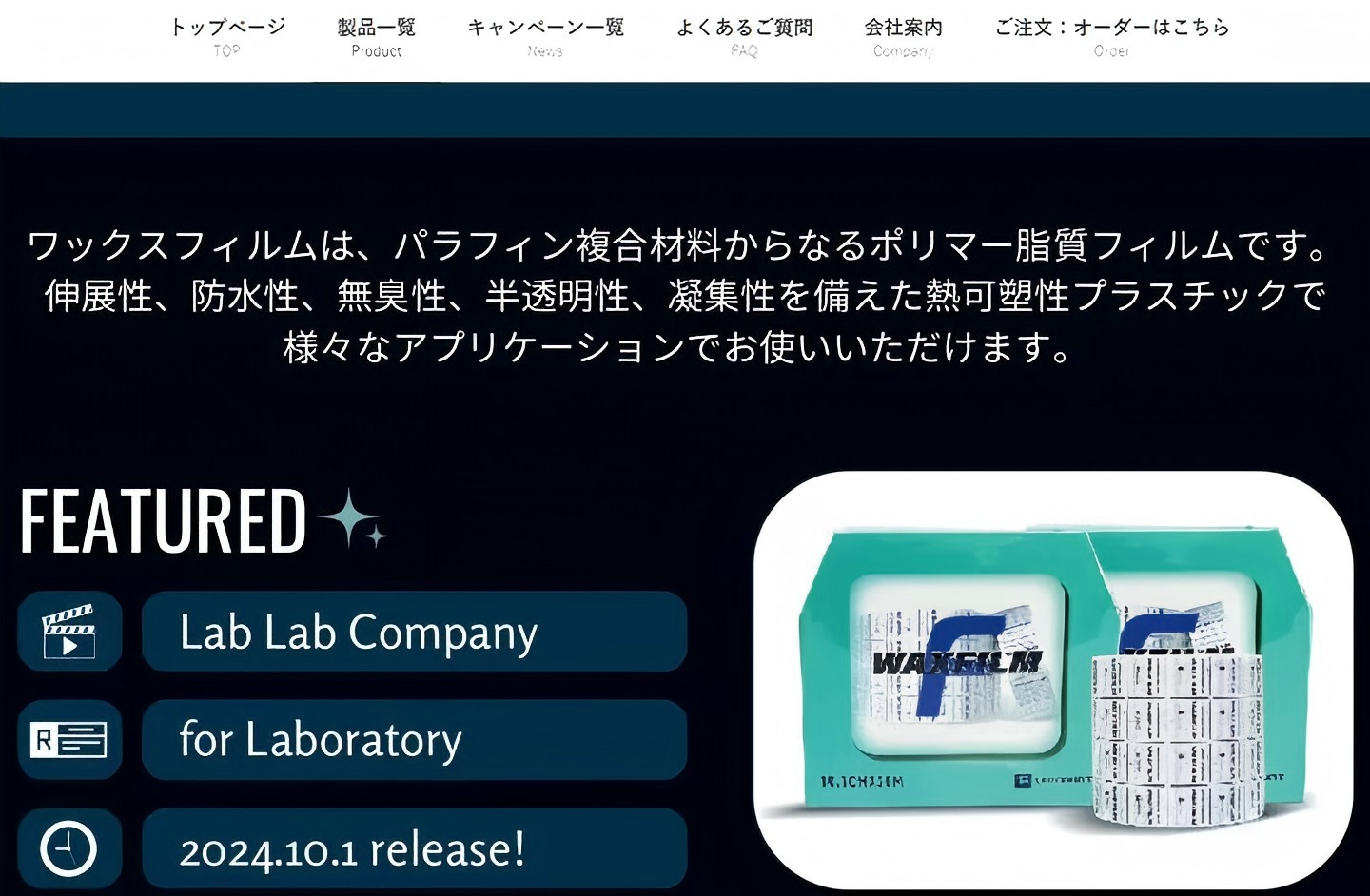
Waxfilm 实验室封口膜:技术与国际市场的双重突破
在实验室耗材领域,封口膜是保障实验准确性与稳定性的关键产品之一。近年来,Waxfilm?实验室封口膜凭借其卓...
2025/5/13 13:03:40
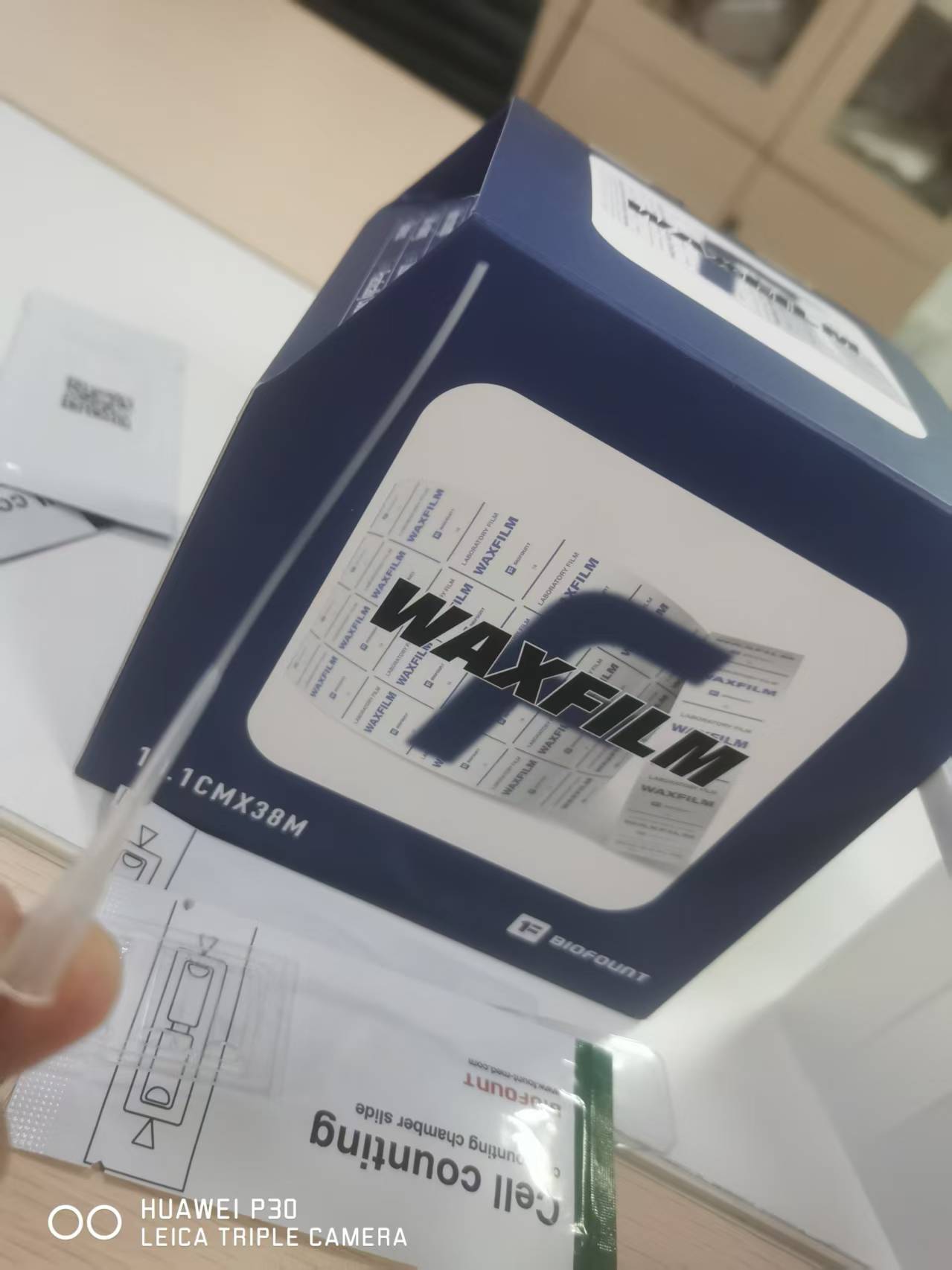
Waxfilm实验室封口膜的5大突破
Waxfilm实验室封口膜作为生物功能膜领域的国产技术突破和品牌突破,是生物领域中国技术发展的缩影。
2025/5/6 17:02:07
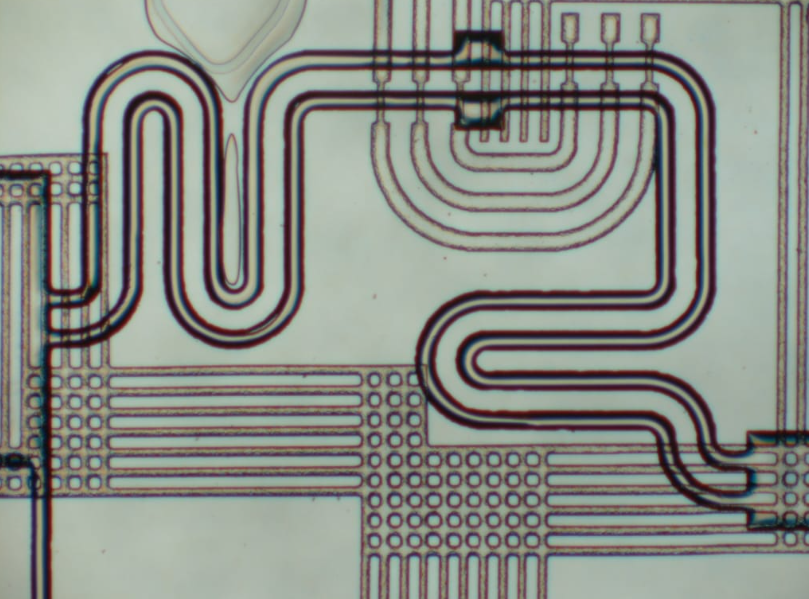
各种微流控芯片键合方法的优缺点
微流控芯片键合:目前主要有激光焊接、热压键合、胶键合、超音波焊接,每种方法都有各自的优缺点。本文主要介绍聚酯...
2023/7/28 10:43:09
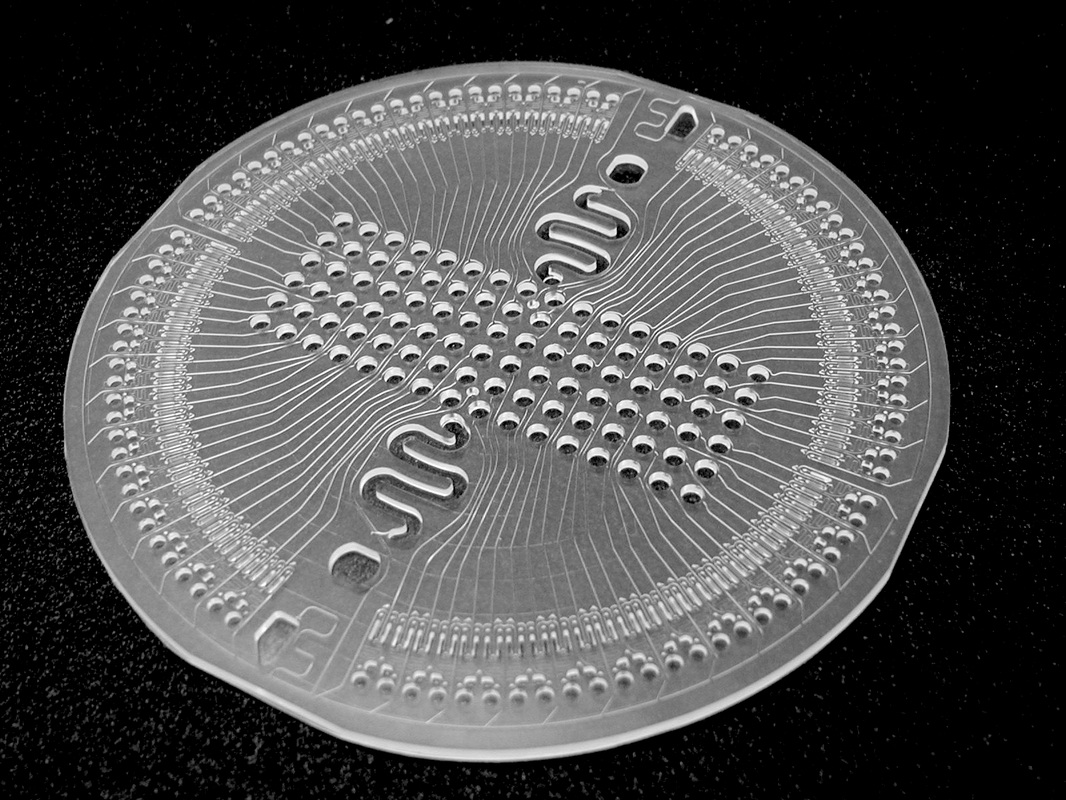
新一代微流控键合解决方案
微流控键合解决方案:微流控芯片制造的一个重要环节,也是最容易被忽视的--芯片键合。其中一个重要因素是:微流控...
2023/7/27 12:44:28
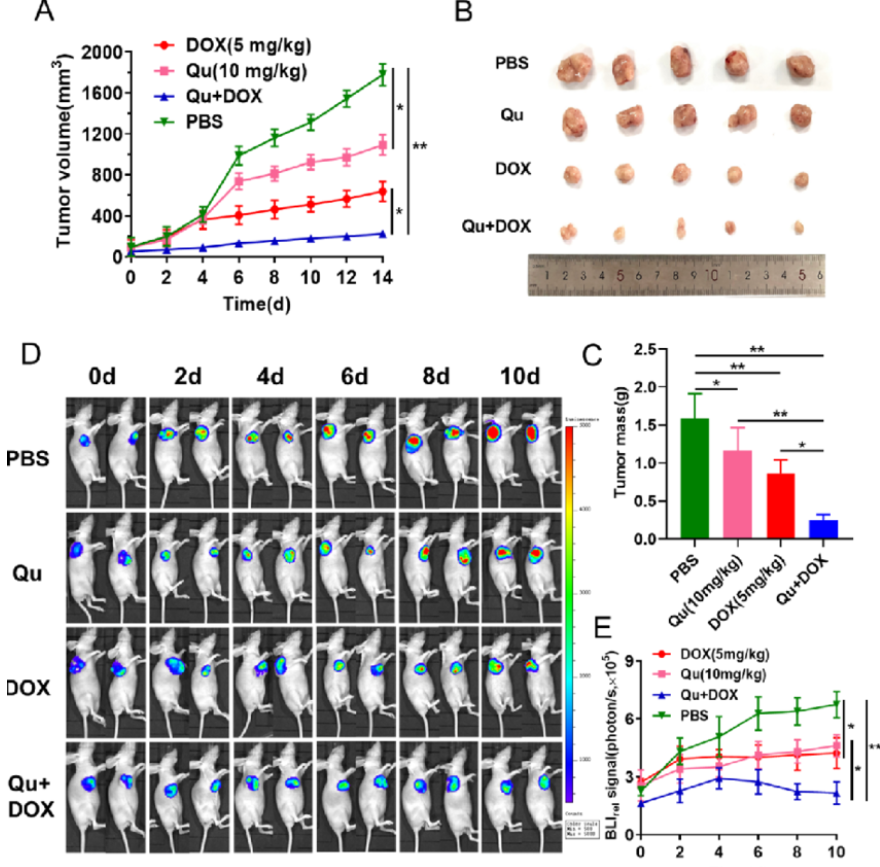
荧光素钾盐使用说明
D-荧光素钾盐(K+)设计用于体外和体内生物发光测定。D-荧光素的质量和纯度对于获得良好和可重复的结果至关重...
2023/7/20 11:05:11
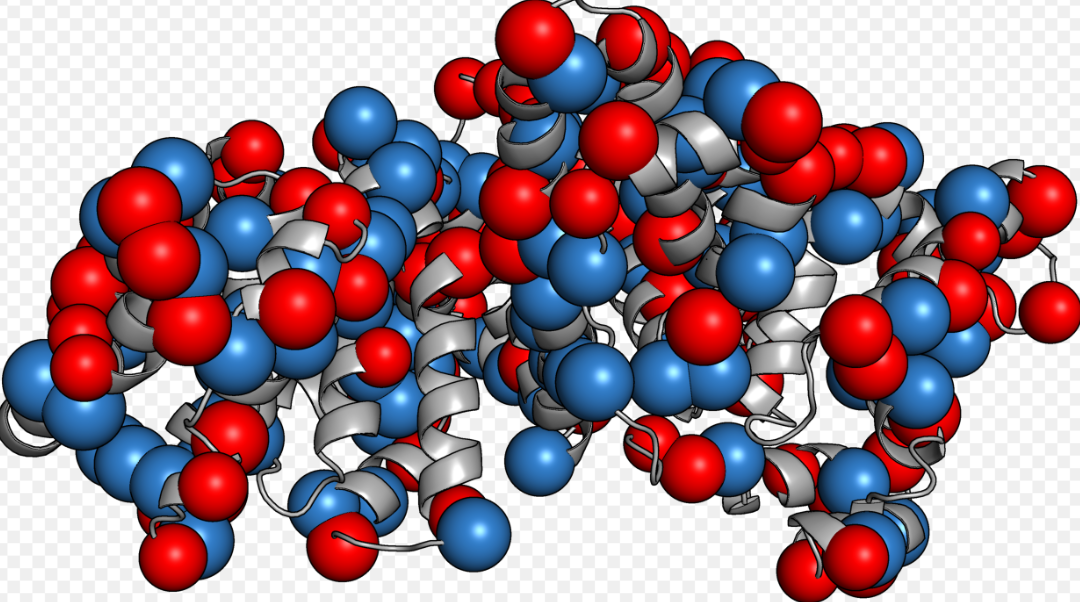
如何选BSA(牛血清白蛋白)
如何选BSA(牛血清白蛋白):牛血清白蛋白(BSA)有多种形式,如何选择适合自己的牛血清白蛋白(BSA)是一...
2023/2/14 13:09:18
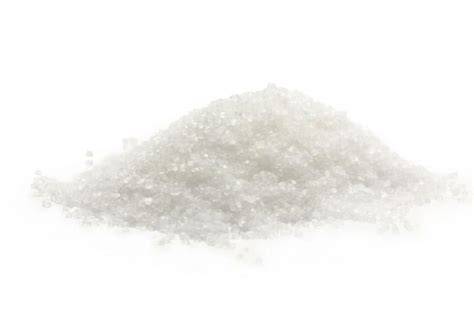
牛血清白蛋白(BSA)常见问题
牛血清白蛋白(BSA)常见问题:牛血清白蛋白(BSA)在实验室中是通用的,可用于蛋白质印迹、细胞组织培养、P...
2022/10/19 9:39:51




 购物车
购物车 



